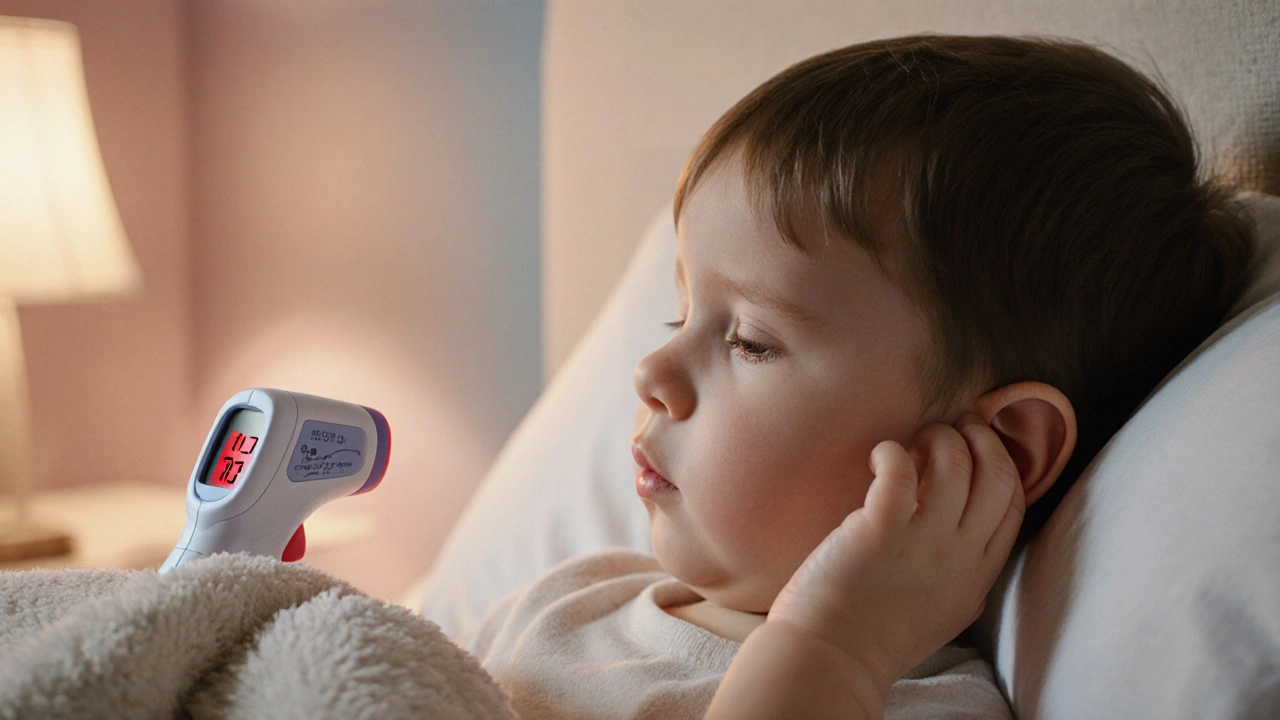Ear Infection Symptoms – Spot the Signs Early
When dealing with ear infection symptoms, the signs that indicate an infection in the ear canal or middle ear. Also known as ear infection signs, they help you catch trouble before it worsens and decide whether a doctor’s visit is needed. Ear infections can sneak up on anyone, but the most common clues are a sharp ache, ringing, or sudden fullness in the ear. If you notice any of these, pay attention—your body is trying to tell you something.
Common Warning Signs
Middle ear infection, an infection behind the eardrum, often called otitis media usually shows up with a mix of pain and fever. Kids may tug at their ears, while adults might feel a pressure that won’t go away. Outer ear infection, an infection of the ear canal, known as otitis externa often brings itching, drainage, and a burning sensation when you touch the ear. Both types can cause reduced hearing, but the pattern differs: middle ear issues often make sounds muffled, whereas outer ear problems may make the ear feel clogged or produce a visible discharge.
Other red flags include a high temperature (over 100.4°F/38°C), dizziness, or a feeling that the world is spinning—these may signal that the infection is spreading or affecting the inner ear. In severe cases, children might have trouble sleeping or feeding because the pain spikes at night. If you notice sudden balance problems, ringing (tinnitus), or fluid leaking from the ear, it’s time to act fast.
Understanding these symptoms helps you decide when home care is enough and when professional treatment is required. Simple measures like applying a warm compress, using over‑the‑counter pain relievers such as ibuprofen, and keeping the head elevated can soothe mild discomfort. However, if pain persists beyond a day or two, or if fever doesn’t break, antibiotics may be necessary—especially for middle ear infections caused by bacteria.
Age matters, too. Infants can’t describe pain, so look for fussiness, trouble sleeping, or pulling on the ear. Older children often complain of earache that worsens while lying down. Adults may attribute symptoms to a cold, but lingering pain or hearing loss after a viral illness warrants a check‑up.
Prevention is part of the picture. Avoid inserting objects into the ear canal, keep ears dry after swimming, and treat upper‑respiratory infections promptly to reduce the risk of a secondary ear infection. When you do get an infection, follow the prescribed ear drops or antibiotic regimen exactly—skipping doses can lead to resistance or a relapse.
Below you’ll find a curated list of articles that dig deeper into each of these topics. From detailed guides on distinguishing otitis media from otitis externa, to tips on managing pain and choosing the right medication, the collection gives you practical knowledge to handle ear infection symptoms with confidence.
How Fever Signals an Ear Infection: Causes, Symptoms, and When to Get Help
Learn why fevers often accompany ear infections, spot key symptoms, know treatment steps, and find out when a doctor’s visit is essential.
© 2025. All rights reserved.

